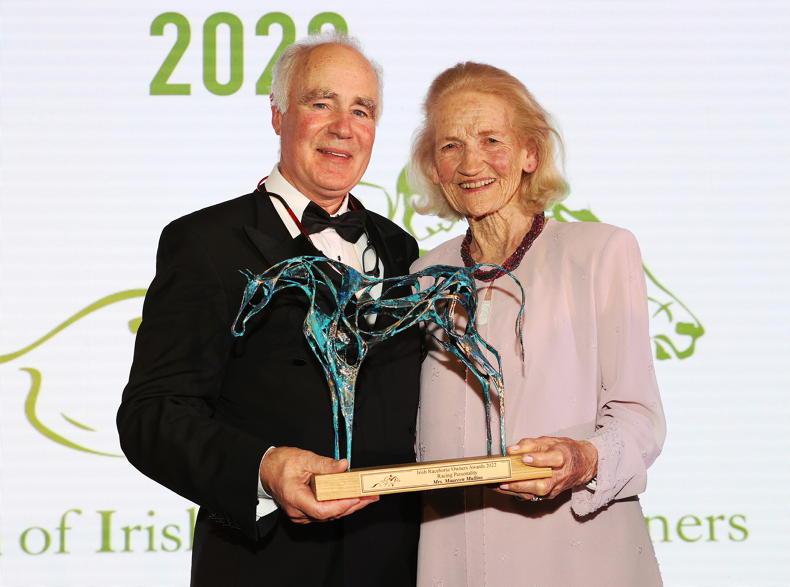THERE was so much to like about last weekend, and how special it was to see such massive increases in the numbers in attendance. The atmosphere, the large contingent of visitors from Britain, the quality of the winners, all added up to a triumph for Leopardstown’s Dublin Racing Festival.
I was fortunate to attend Gowran Park recently for the phenomenon that is Thyestes Chase day, and I recall people wishing that other tracks could attract the same large crowds for their race days. Now, Leopardstown has done so, but the formula for both will have been slightly different.
However, there are a number of elements that make a day at the races a success. Key to the magic formula are the quality of the racing, favourable weather conditions, and customers feeling that they have been given value for money. For most of the people who travelled to Ireland last weekend, they were amazed to find they could enjoy such quality racing for a fraction of comparable ticket prices at home.
There were a few tears shed in the ring following the Irish Champion Hurdle, though take nothing away from the winner, one of the most progressive horses in Ireland and a real hope for Cheltenham glory. State Man came in after the crowds at the parade ring had welcomed Honeysuckle back, safe and sound but a clear second-best on the day.
Marie and Joe Donnelly were present to welcome State Man in, Simon Munir and Isaac Souede enjoyed a few trips to the winners’ enclosure, Wayne Kieswetter was on hand to lead in Il Etait Temps, and the fact that owners were there in such numbers is an added attraction for racegoers.
Reading my Breeding Insights column this week will be tough for many, but not for those in charge of promoting French breeding. Horses produced in that country had a weekend that will never be forgotten, taking home the eight Grade 1 races run at Leopardstown, and the one staged in England for good measure.
There is no great surprise that this should happen, and for a number of years now the growth in success of French-breds has been a talking point. It provides a challenge for the National Hunt breeding sector here, and one that I am sure the industry and breeders are up for. We need to learn from what they do, and try to do it better. We have the raw material – sires, broodmares, tradition and people.
The one thing we cannot do is to rest on our laurels.


 This is a subscriber-only article
This is a subscriber-only article
 It looks like you're browsing in private mode
It looks like you're browsing in private mode









SHARING OPTIONS: